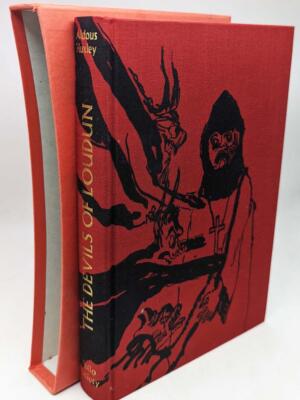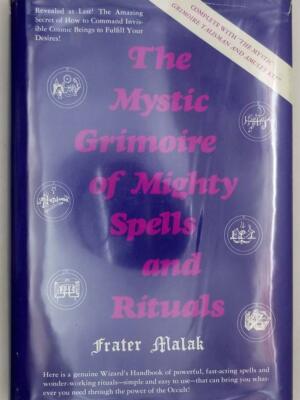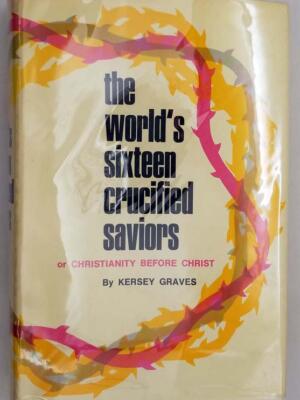Readers who admired Dr. Redgrove’s fine study Alchemy: Ancient and Modern which was issued by University Books, Inc., in 1969 will welcome this further work by the same author.
Magic and Mysticism is a wise and scholarly study of the magic and mysticism of ancient time and includes chapters on: Medieval Thoughts — Pythagoras and His Philosophy — Medicine Magic — Superstitions concerning Birds — The Power of Sympathy — Talismans — Ceremonial Magic — Architecture Symbolism — The Quest for the Philosopher Stone — The Phalic Element in Alchemical Doctrine — Roger Bacon — The Cambridge Platonists
H. Stanley Redgrove, B. Sc., F.C.S (1887-1943) was a noted authority on chemistry and cosmetics, and also Acting President of the Alchemical Society. He was a leading spirit in the revival of serious scientific interest in Alchemy.
“A work of surpassing interest and value.” – BRISTOL TIMES.
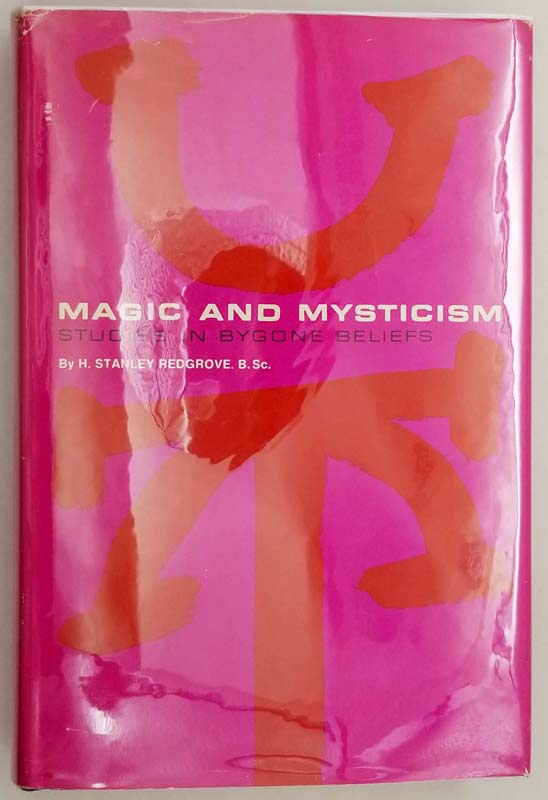
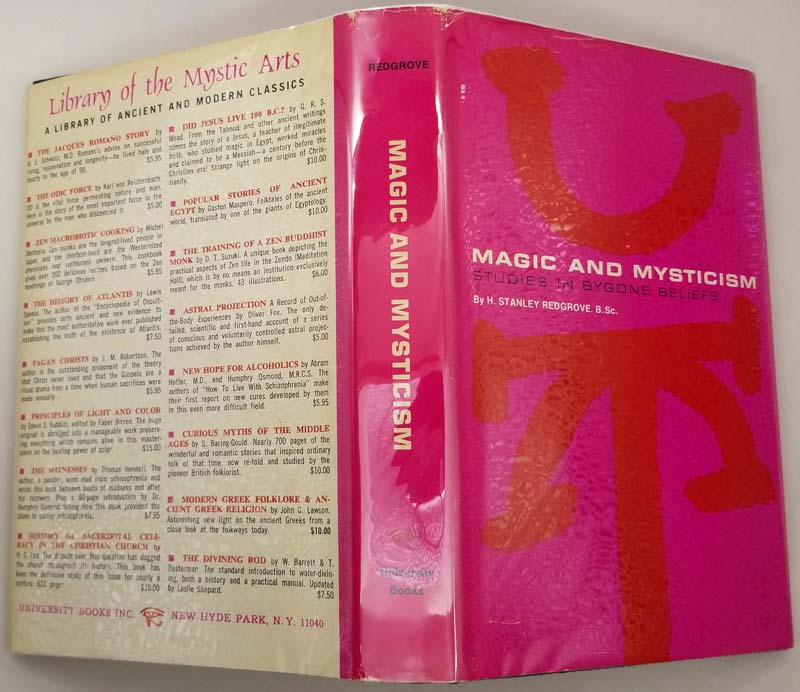
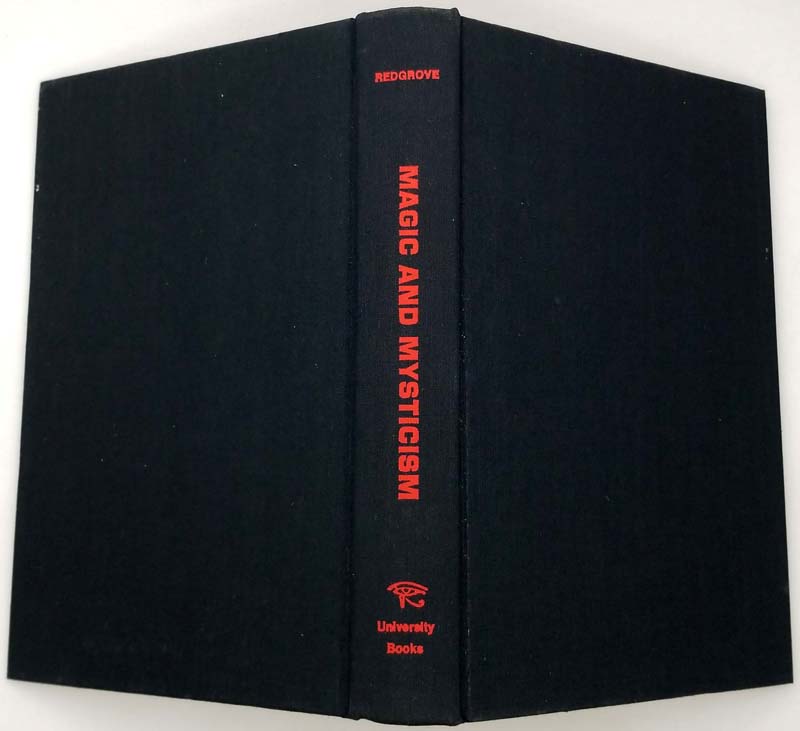
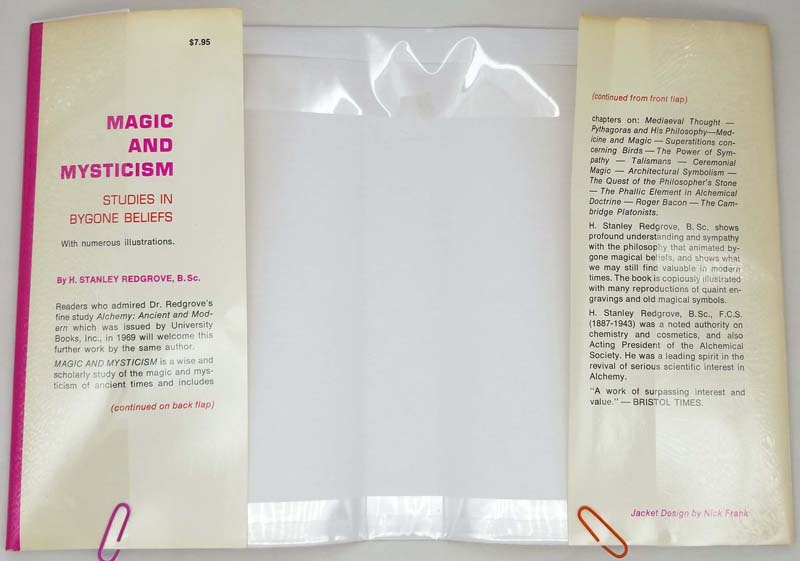
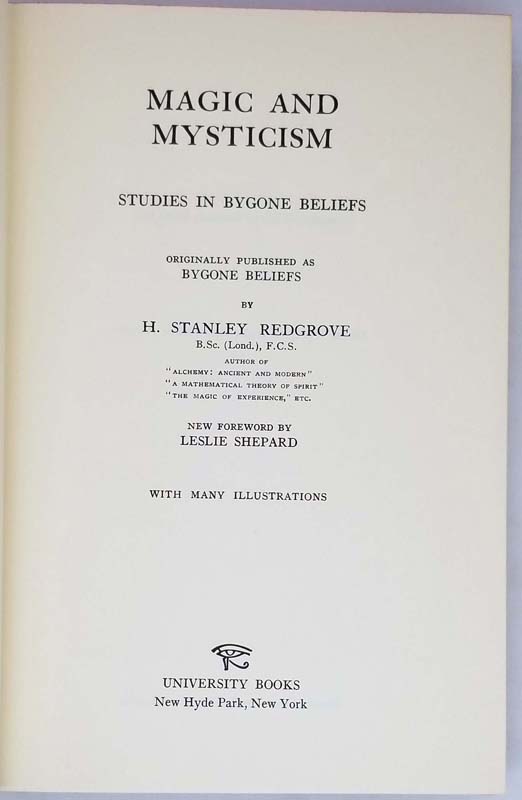
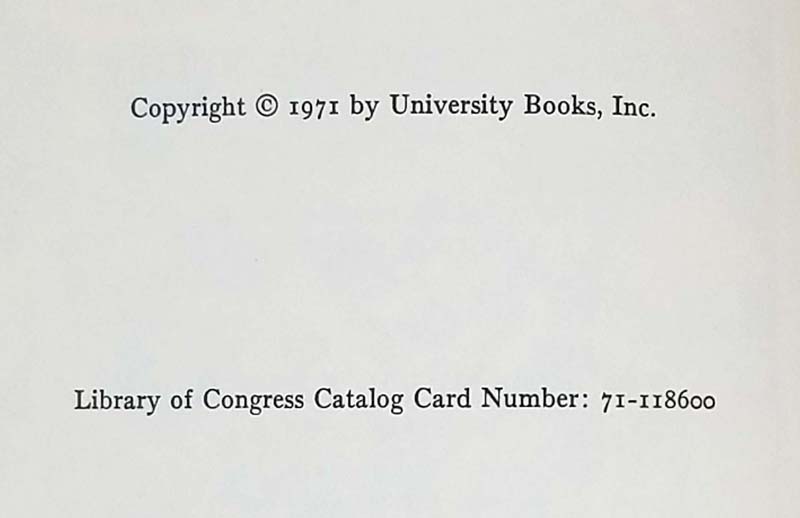
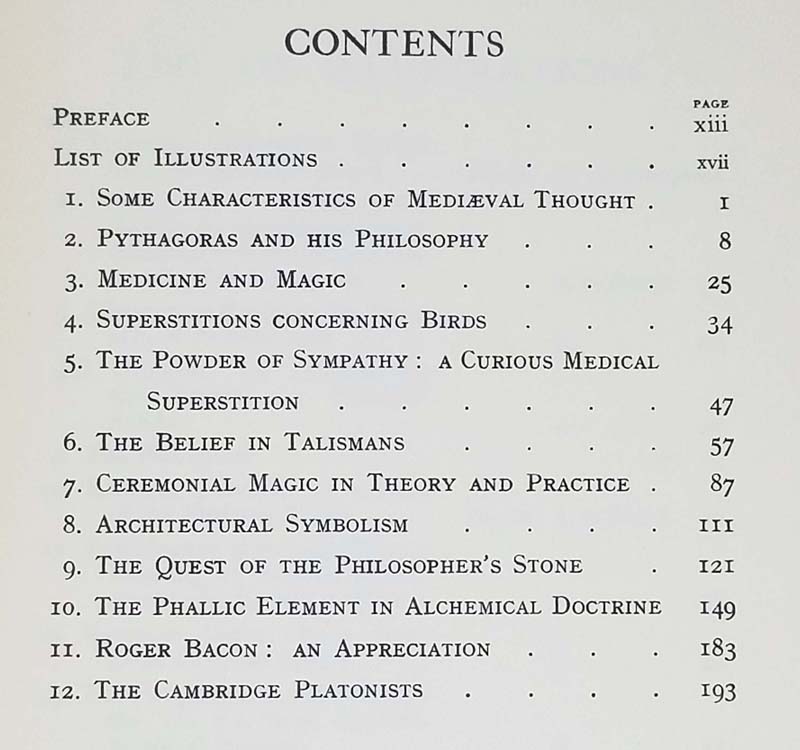
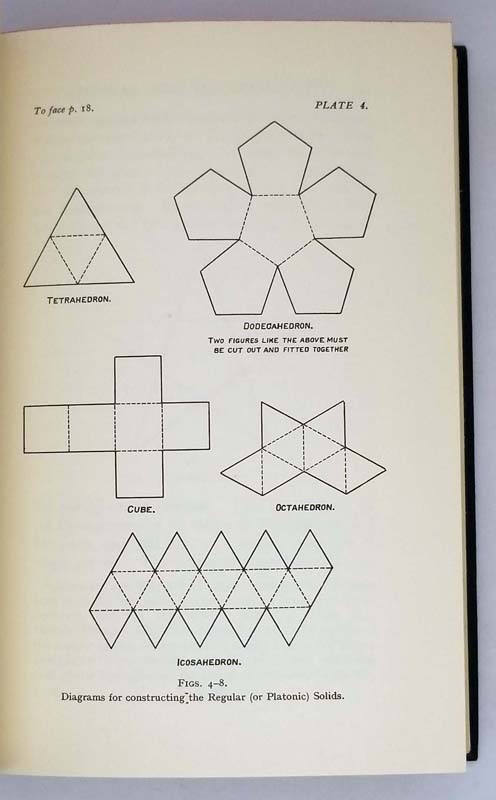
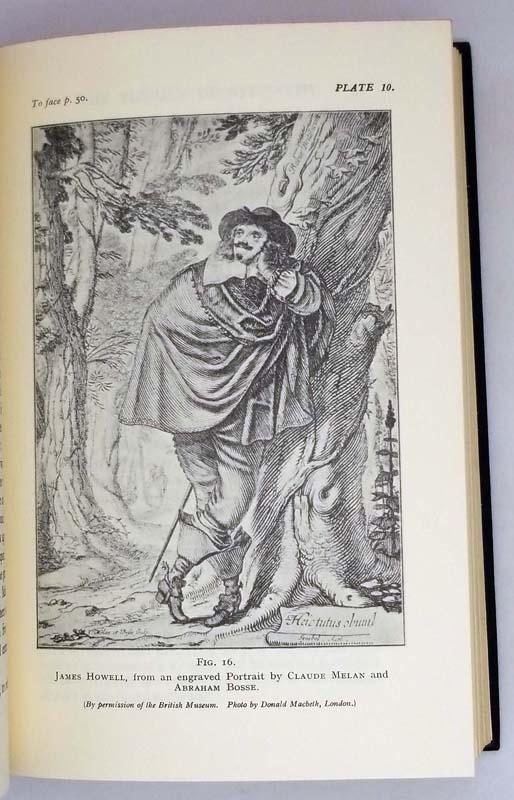
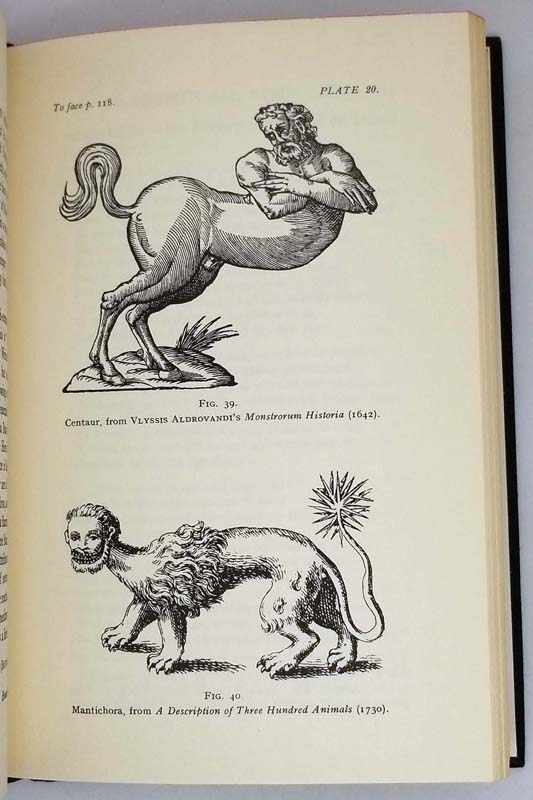
![The Warlock's Book - Peter Haining [1976] | 1st Edition](https://www.nocloo.com/wp-content/uploads/2021/03/ph-warlock01-300x400.jpg)
